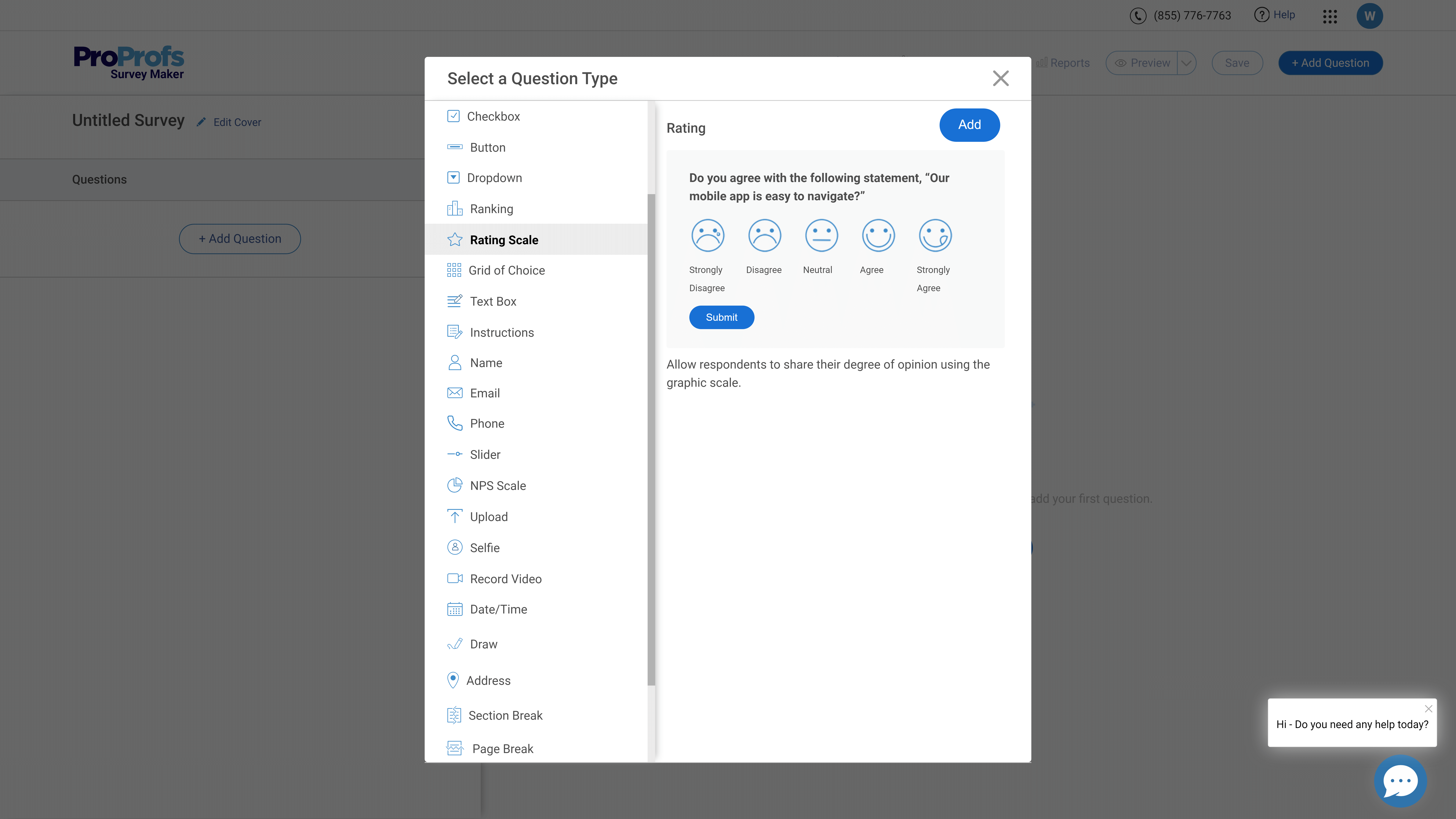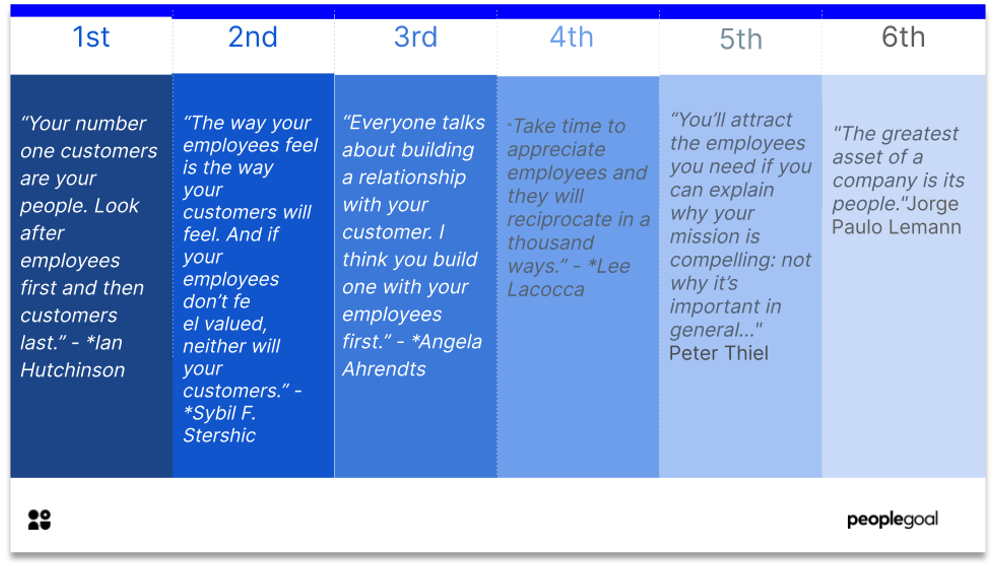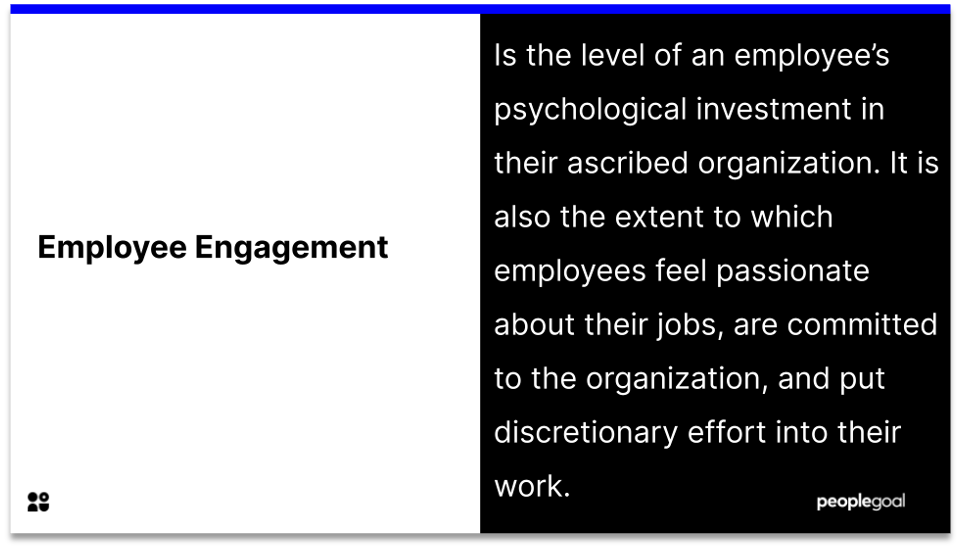The employee engagement survey guide covers the topics required in your survey to measure employee engagement. Employee engagement is the extent to which employees feel committed to the organisation, passionate about their jobs and understand their contribution to the organisation. Before you attempt to increase employee engagement and motivation you have to first measure it. The simplest, most common and most effective method is the employment engagement survey.
Why measure employee engagement?
When employees are engaged, they feel more aligned with the organization and are particularly motivated to work towards individual, team, department and organizational goals. One Gallup poll estimated the power of employee engagement on productivity to be as high as 22%. Engaged employees lead to increased quality and productivity of work; increased employee retention (which itself brings its own benefits) and aligns employees with an organisations goals and culture.
A typical survey questionnaire covers topic areas such as:
- Feedback
- Opportunities for Growth
- Teamwork
- Work/Life Balance
- Quality and Focus
- Fairness
- Purpose & Direction
- Respect
- Remuneration
- Workplace and Resources
- Performance and Accountability
- Communication
- Personal Expression
A comprehensive questionnaire will usually include 50 questions, followed up by a few short answer questions, which allow the employee to express opinions, perspectives and suggestions. The questions should be rated along a Likert-scale. That is, a psychometric scale usually ranging from 1 (worst) to 5,7 or 10 (best). The reasoning behind this is simple. Using this metric allows us to measure responses both quantitatively and quantitatively. It means that both areas of weaknesses can be look into at both larger and smaller scales.
Short questionnaires, those that are 20 items or fewer, often fail to identify problem areas. Consequently, it becomes particularly difficult to understand what is driving employee engagement or more importantly, disengagement. Furthermore, typical statements in shorter questionnaires often provide generic, all-encompassing answers which lead to no actionable directions. Statements include: ‘I am very satisfied with my job.’ or ‘I am highly committed to this organization.’ These statements do not garner any information as to why or how ratings can be improved.
In contrast, long questionnaires, typically 80 items or more, lead to lower completion rates due to fatigue. Giving an individual an extensively long questionnaire becomes particularly monotonous. If an individual reaches the end, often the last portion of the questionnaire will be completed half-heartedly, and without much thought.
What to do next?
Step 1: Complete your engagement survey
Notify all employees that they have to complete the engagement survey. This can be done via an email notification or through your HRIS or HRM system. You have to set up a deadline for the survey to be completed and also set up notifications for the employees ahead of the deadline. Ideally you should aim for 100% employee participation and you should chase employees that have missed the deadline.
Step 2: Identify actionable areas for improvement and development
Once you’ve sifted through the data and extrapolated key areas for improvement. From here, prioritize! Initially you may feel the appropriate reaction is to immediately start making changes to every area. This lead to exhaustion of resources and more importantly, the workforce. Prioritize key areas for improvement and development. What needs the most improvement? What will result in the most benefits? Which areas are most important to the organisations culture and success?
Step 3: Devise a plan
It is imperative to devise a structured and time-based plan. Define your goals before you begin, and create milestones of achievement. Regardless of the areas you choose to act upon, the unchanging aspect of this step is communication. Communicate to all involved, from the bottom-up, how and when you plan to make changes.
Step 4: Keep to your plan
The key to maintaining and continuing improvement your employee engagement is to measure it often and consistently.
To sum up…
The employment engagement survey allows employees to voice their opinions coupled with the expectation that change will follow. However, organizations often fall foul of the trap of taking no action and instead collect irrelevant data which is uninterpretable. Any employee engagement survey must be relevant, specific and actionable. With this in mind, you’ll soon see that your survey is only a springboard to engagement, and it is the actionable elements which engender employee engagement. To further engage employees, you can go one step further than structured employee surveys. One could create channels where each employee can raise issues and give feedback for problems and possible improvements. Consider using discussion forums where feedback can be received from managers and peers alike.
Ready to 3x Your Teams' Performance?
Use the best performance management software to align goals, track progress, and boost employee engagement.




